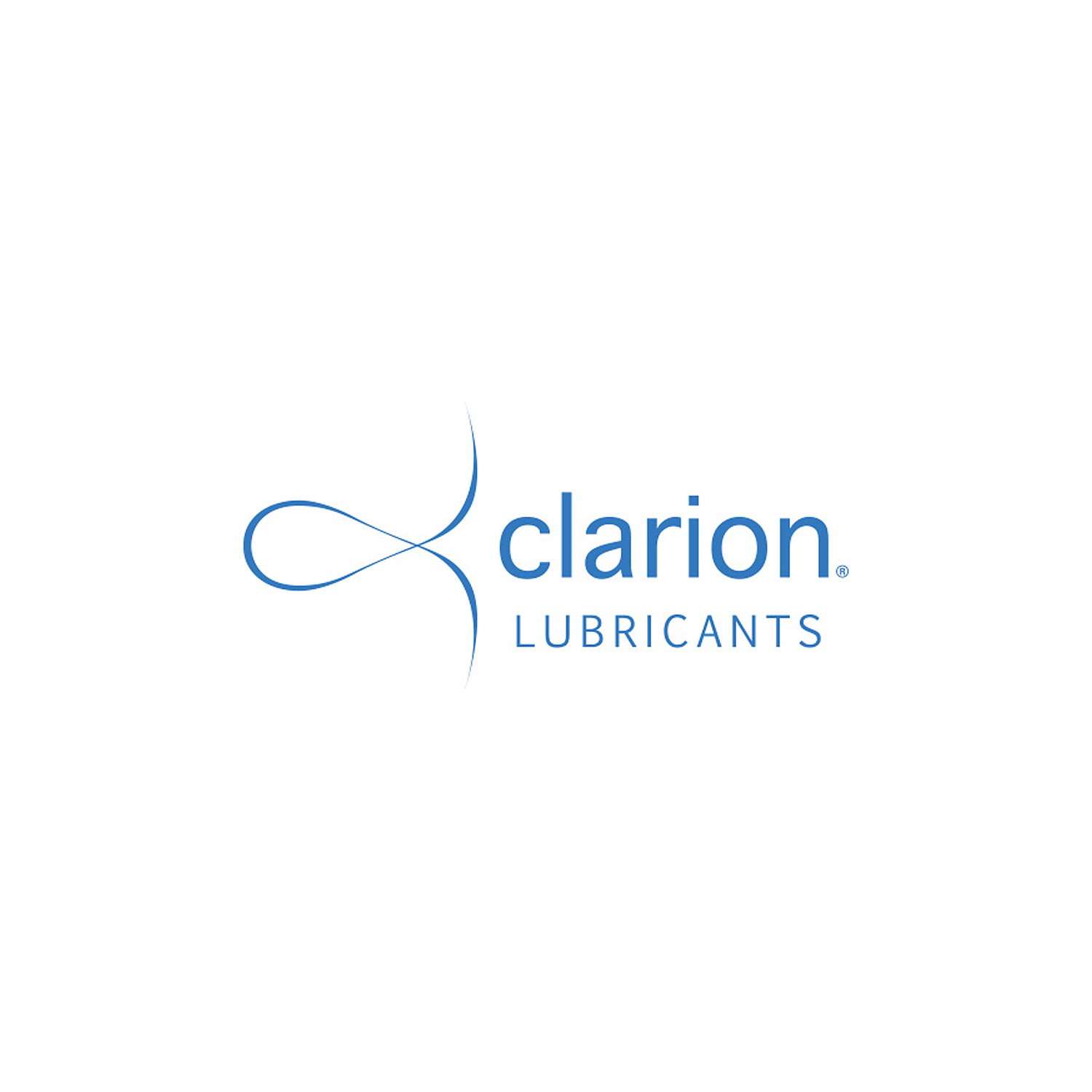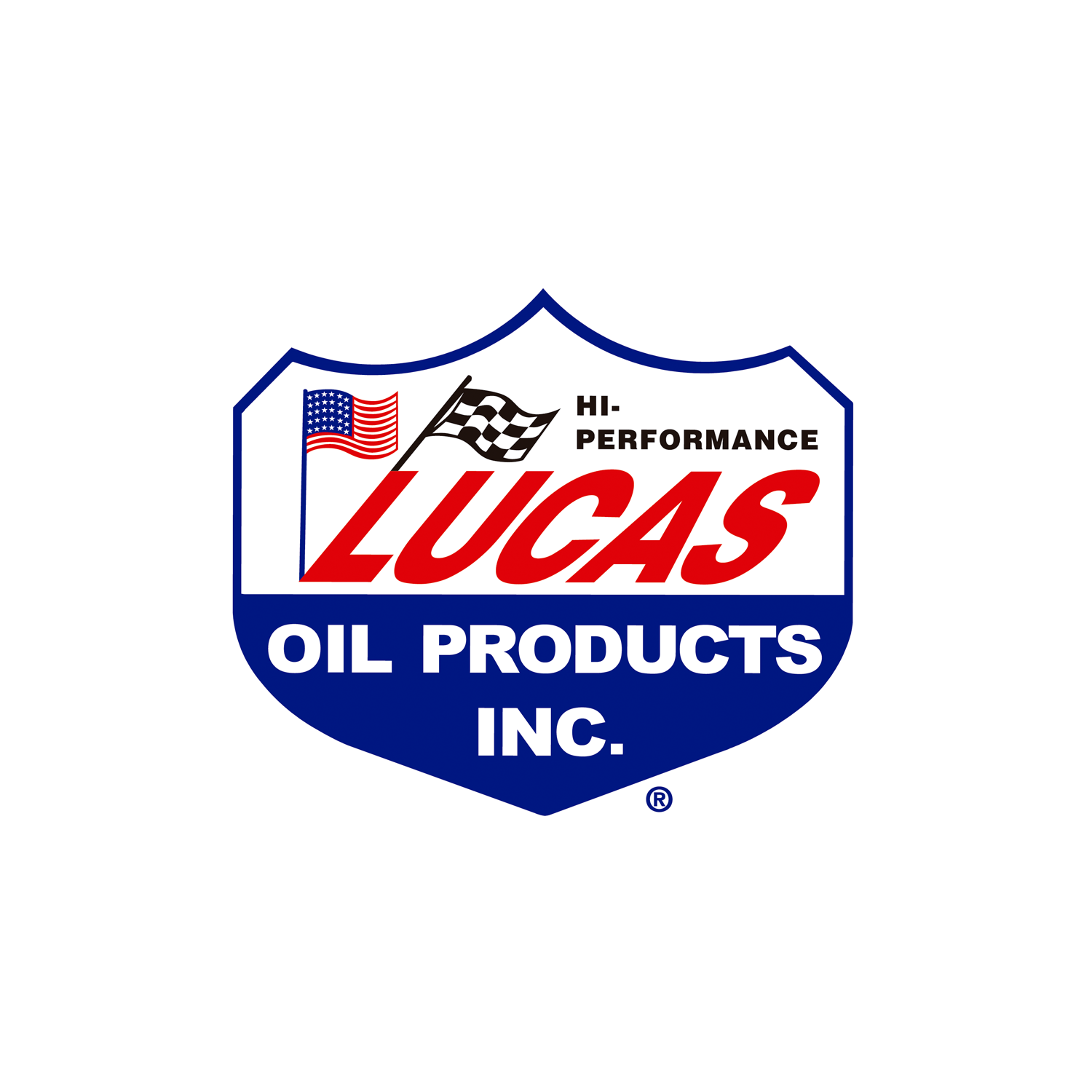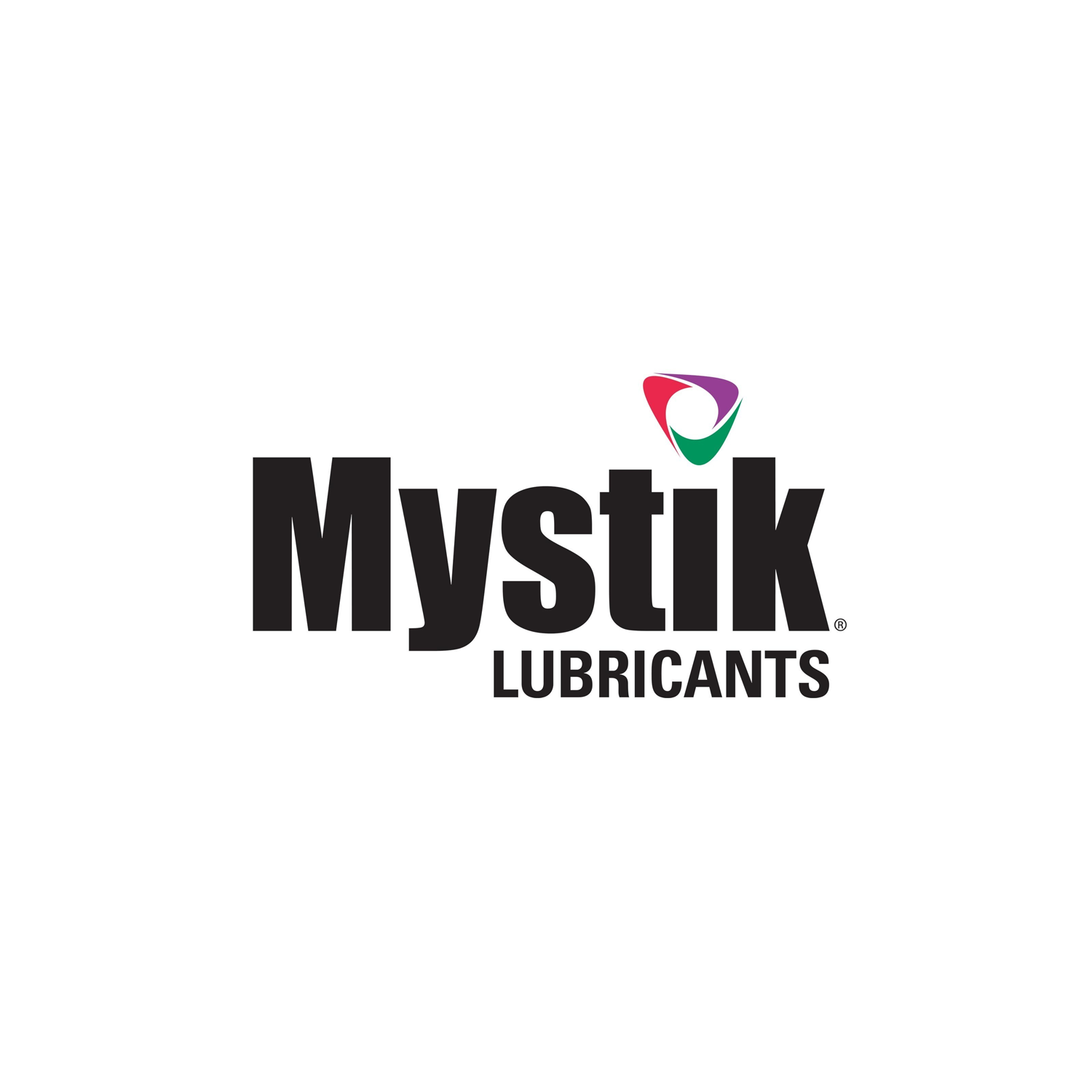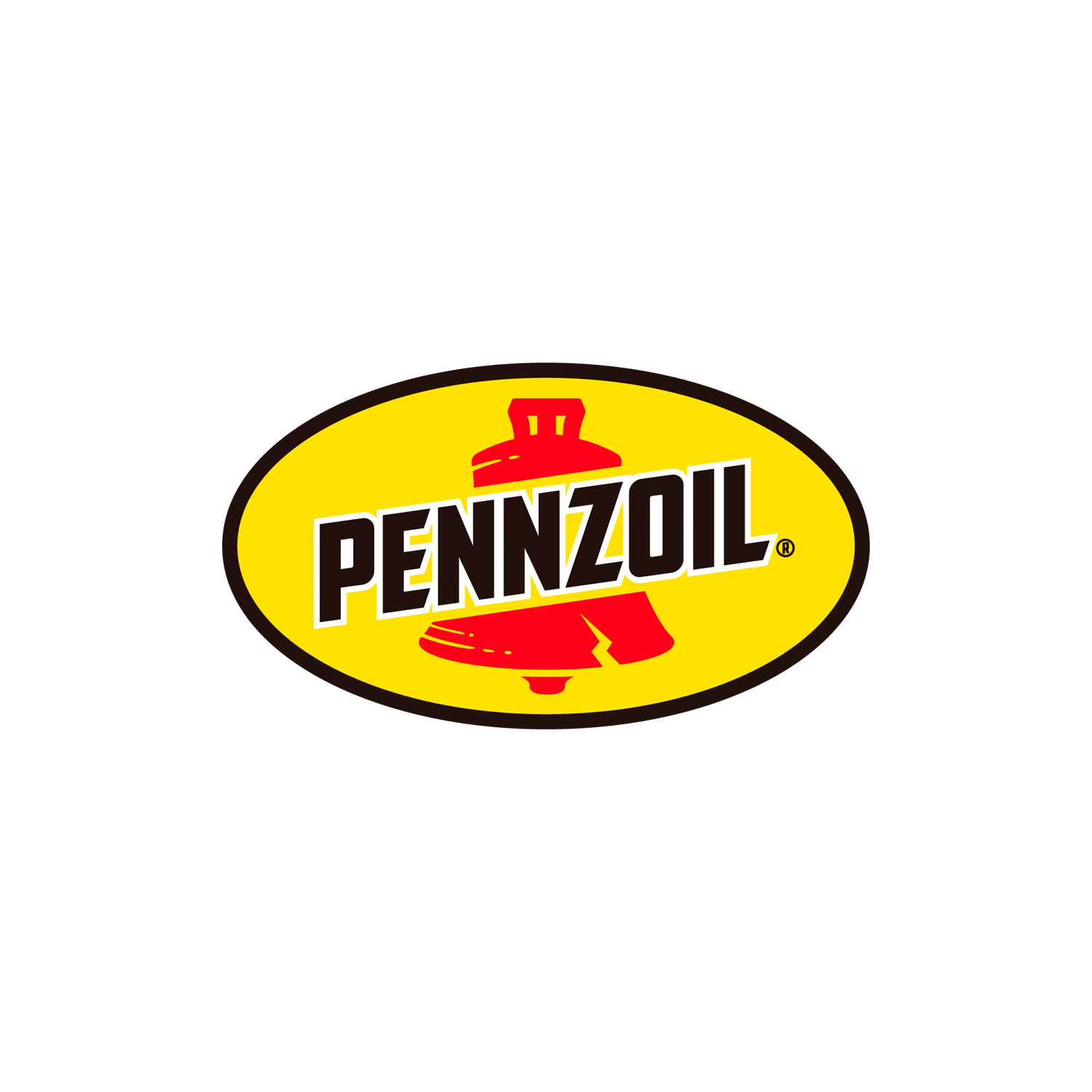Common Lubrication Mistakes to Avoid in Industrial Settings
Posted by JS on Jul 11th 2023
In industrial settings, proper lubrication is a critical factor in maintaining the efficiency, reliability, and longevity of machinery and equipment. However, even with the best intentions, lubrication mistakes are not uncommon, and they can lead to costly consequences, such as increased downtime, reduced productivity, and premature equipment failure. In this blog post, we will explore some of the most common lubrication mistakes made in industrial settings and provide insights on how to avoid them to ensure smooth operations and optimize equipment performance.
- Insufficient Lubrication
One of the most prevalent mistakes is applying insufficient lubricant to machinery. Inadequate lubrication leads to increased friction, accelerated wear, and potential heat buildup, compromising the machinery's performance and lifespan. Regularly monitoring lubricant levels and following manufacturer-recommended intervals for re-greasing or oil changes are essential steps to prevent this mistake.
- Over-Lubrication
Conversely, over-lubrication can be equally detrimental. Applying excessive lubricant creates additional heat and wastes valuable resources. It can also lead to lubricant contamination, attracting dirt and debris that further compromise machinery performance. Employing precise lubrication techniques, such as using automated lubrication systems, helps avoid over-lubrication and maintains an ideal lubricant-to-surface ratio.
- Neglecting Lubricant Selection
Using the wrong type of lubricant for specific applications is a serious mistake. Different machinery and operating conditions require lubricants with distinct properties, such as viscosity, temperature resistance, and load-carrying capacity. Neglecting to select the appropriate lubricant can result in poor performance and unnecessary wear on critical components.
- Ignoring Contamination Control
Contamination is a major enemy of industrial lubrication. Dirt, dust, water, and other foreign particles can infiltrate lubricants, causing abrasive wear and reducing lubricant effectiveness. Implementing proper contamination control measures, such as using sealed containers, clean storage facilities, and filtration systems, will help preserve lubricant quality and extend machinery life.
- Mixing Lubricants Incompatibly
Mixing incompatible lubricants is a common mistake that can have disastrous consequences. Some lubricants contain additives that may react negatively with those in other lubricants, leading to chemical breakdown, loss of lubricity, and equipment damage. To avoid this, maintain a clear and organized lubricant storage system, clearly labeling each product, and ensuring the use of only approved lubricants for each machine.
- Neglecting Lubrication Training
Insufficient training of maintenance personnel in proper lubrication practices is another common oversight. Comprehensive training ensures that technicians understand the importance of correct lubrication procedures, the significance of lubricant properties, and the necessity of adhering to manufacturer guidelines. Regular refresher courses can help reinforce best practices and stay up-to-date with evolving lubrication technologies.
Conclusion
Avoiding common lubrication mistakes in industrial settings is pivotal in safeguarding machinery health, maximizing equipment lifespan, and enhancing overall operational efficiency. By prioritizing proper lubrication practices, maintenance teams can prevent costly breakdowns, minimize downtime, and optimize productivity.
Regularly inspecting equipment, monitoring lubricant conditions, and following manufacturer recommendations are vital steps in creating a successful lubrication program. Emphasizing the significance of precision, cleanliness, and proper lubricant selection within the maintenance culture fosters a proactive approach to industrial lubrication, ensuring the smooth functioning of machinery and the long-term success of the entire operation.













